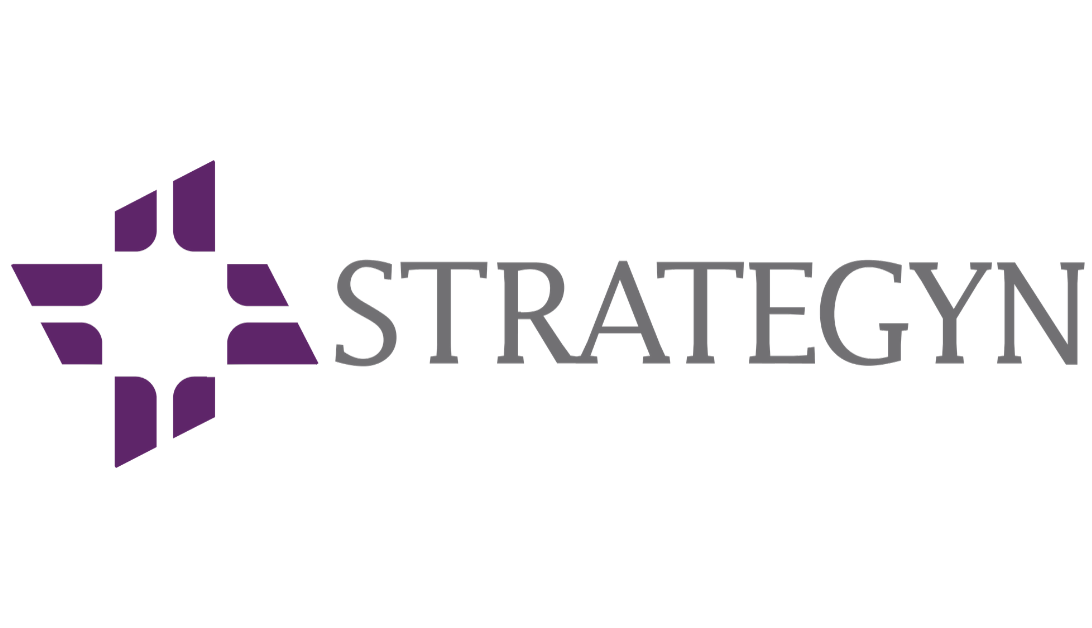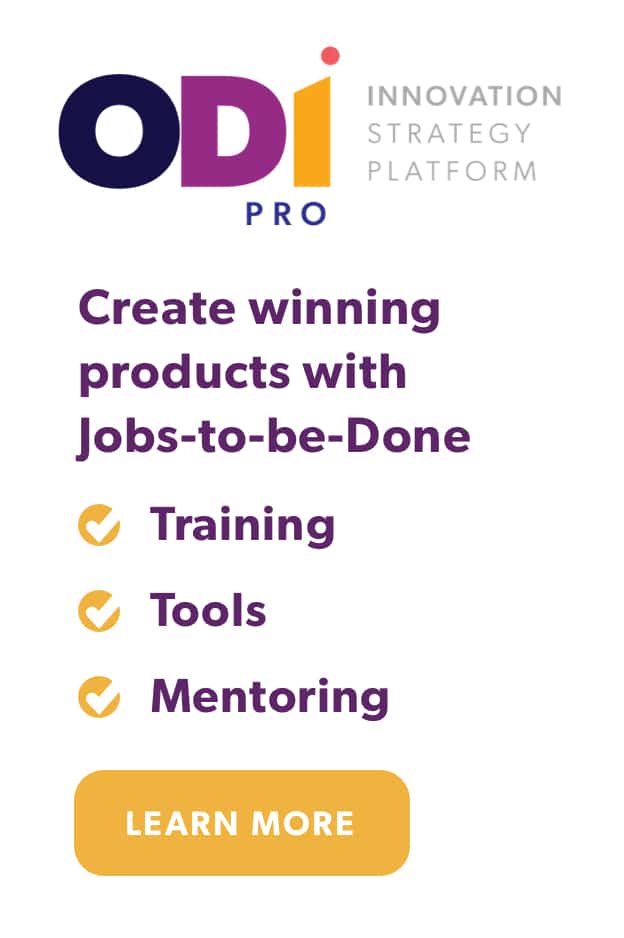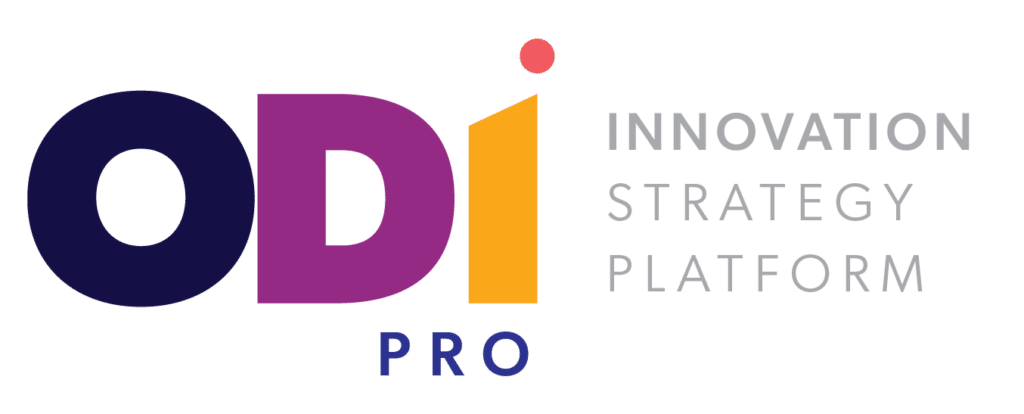Before a company can become customer-centric, company managers must agree on exactly who the customer is. Gaining such agreement is not easy. When we ask company managers who their customer is, we typically hear, “We have many customers.” Often they add that customers include both “internal stakeholders and external customers.”
To further complicate matters, external customers are typically said to include influencers, decision makers, buying groups, end users, operators, installers, and others. In a medical device company, for example, external customers include the surgeon, patient, insurer, nurse, operating-room manager, and hospital buying group, among others. It’s true that a company has many customers, but is there a way to simplify matters?
Let’s start with the why question. Why do we need to know who the customer is? Obviously, we want to know who it is we’re trying to serve, but there is a more tactical reason. From a customer centricity perspective, we must identify the customer so we can gain the insights we need to create products and services that will get the job done better and/or more cheaply. So the question becomes, “Who holds these insights?” Through our work, we have discovered that there are three key customers types that must be considered: the purchase decision maker, the job executor, and the product life cycle support team.
The purchase decision maker
The purchase decision maker is responsible for seeking out and evaluating alternative offerings and deciding which to buy. The purchase decision maker can provide your company with the customer insights it needs to figure out how to create a product or service that will get the job done more cheaply.
The buyer of a surgical tool (who could be an operating-room manager, a hospital administrator, or someone holding another title), for example, may be seeking products that will “reduce the patient’s length of stay” or “reduce the likelihood of a recurrence.” Financial metrics such as these drive the buying decision. Purchase decision makers are key customers whose insights can often affect the company’s business model decisions, thus enabling the customer to get the job done more cheaply.
The job executor
The job executor is the person who uses the product or service to get a job done. In many B2B situations, the purchase decision maker and the job executor are different people. In B2C situations, the decision maker and executor are more likely to be the same person.
The job executor can provide your company with the insights it needs to figure out how to create a product that will get the job done better: faster, more predictably, and more efficiently, with higher output or throughput. The job executor in the example featuring the surgical tool is the surgeon. The surgeon may be seeking products or services that will “minimize the likelihood of removing healthy tissue” or “quickly determine the points of affixation for attachment.” Job executors are key customers because their intimate knowledge of the job-to-be-done provides the company with key functional metrics that will lead to a product or service that gets the job done better.
The product life cycle support team
The product lifecycle support team is comprised of the people who help install, set up, store, transport, maintain, repair, clean, upgrade, and dispose of the product, and perform other support services as necessary. Not all these consumption chain jobs apply in every situation, but the people responsible for the ones that do apply can provide your company with insights that will lead to a product that requires less support. A product that does not have to be installed, set up, stored, transported, and so on, is far more valuable than one that does.
Simplifying or eliminating these consumption chain jobs has two key benefits: (i) it can lower the cost of product ownership, which satisfies the needs of the purchase decision maker, and (ii) it makes the product more convenient to use, which satisfies the needs of the job executor. All those responsible for supporting the product throughout its lifecycle are key customers because their insights make it possible for the company to create a more positive customer experience.
By focusing on these three customers, a company will gain the insights it needs to create a product or service that will get a job done better along multiple dimensions—and more cheaply. More importantly, if your company creates a product or service that addresses the unmet needs of all three of these customers, it will find that influencers will recommend it, distributors and retailers will carry it, those on social media will promote it, people will buy it, and your internal stakeholders will be satisfied by the financial rewards. Focusing on these three customers is the first step a company must take on its journey to customer centricity.





